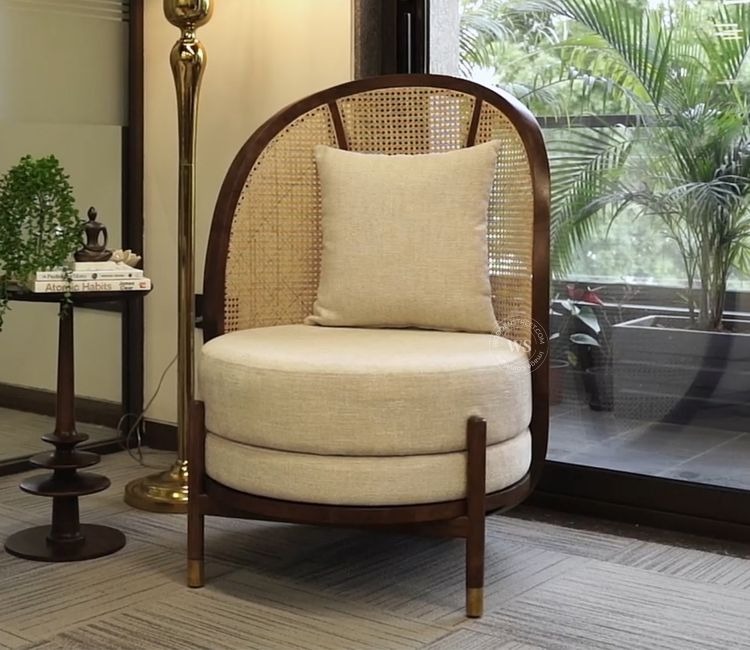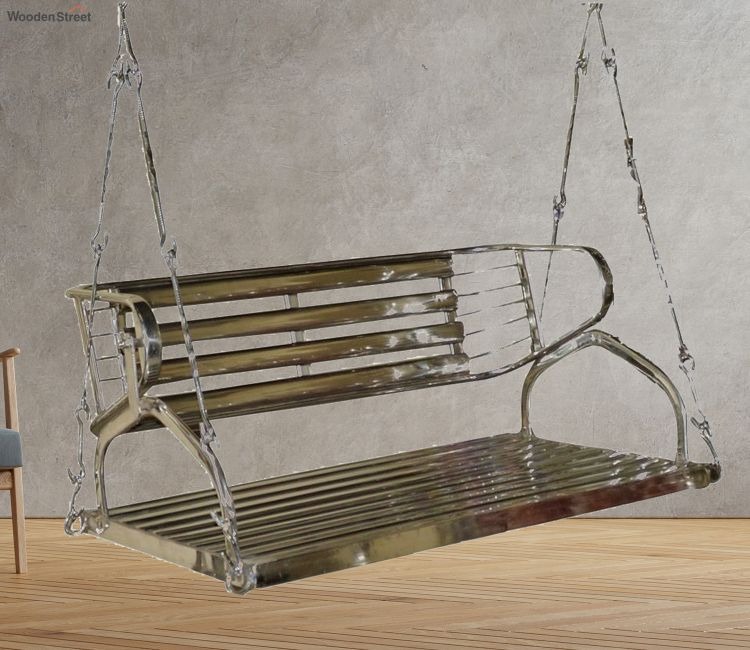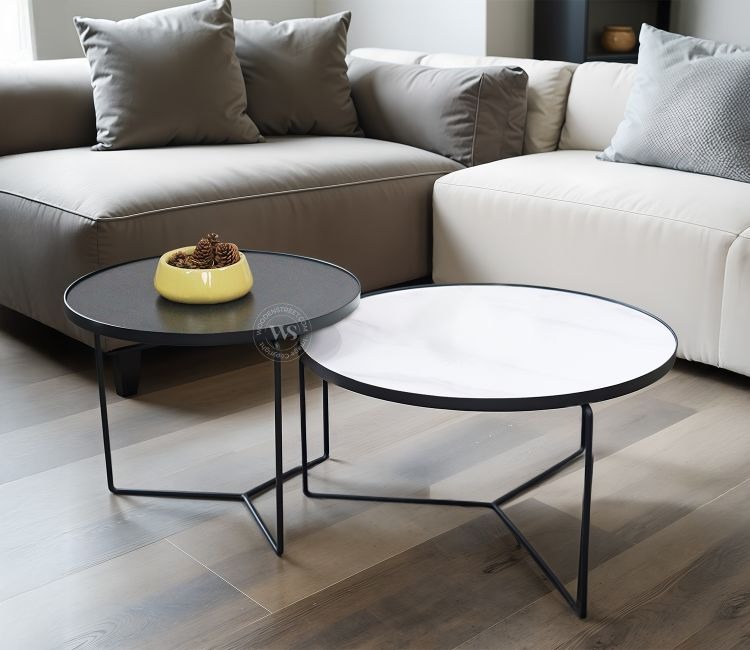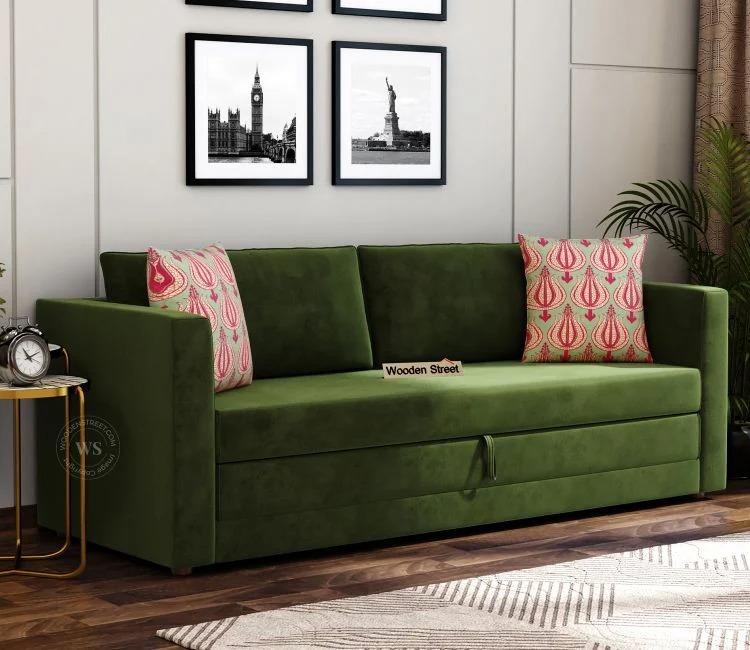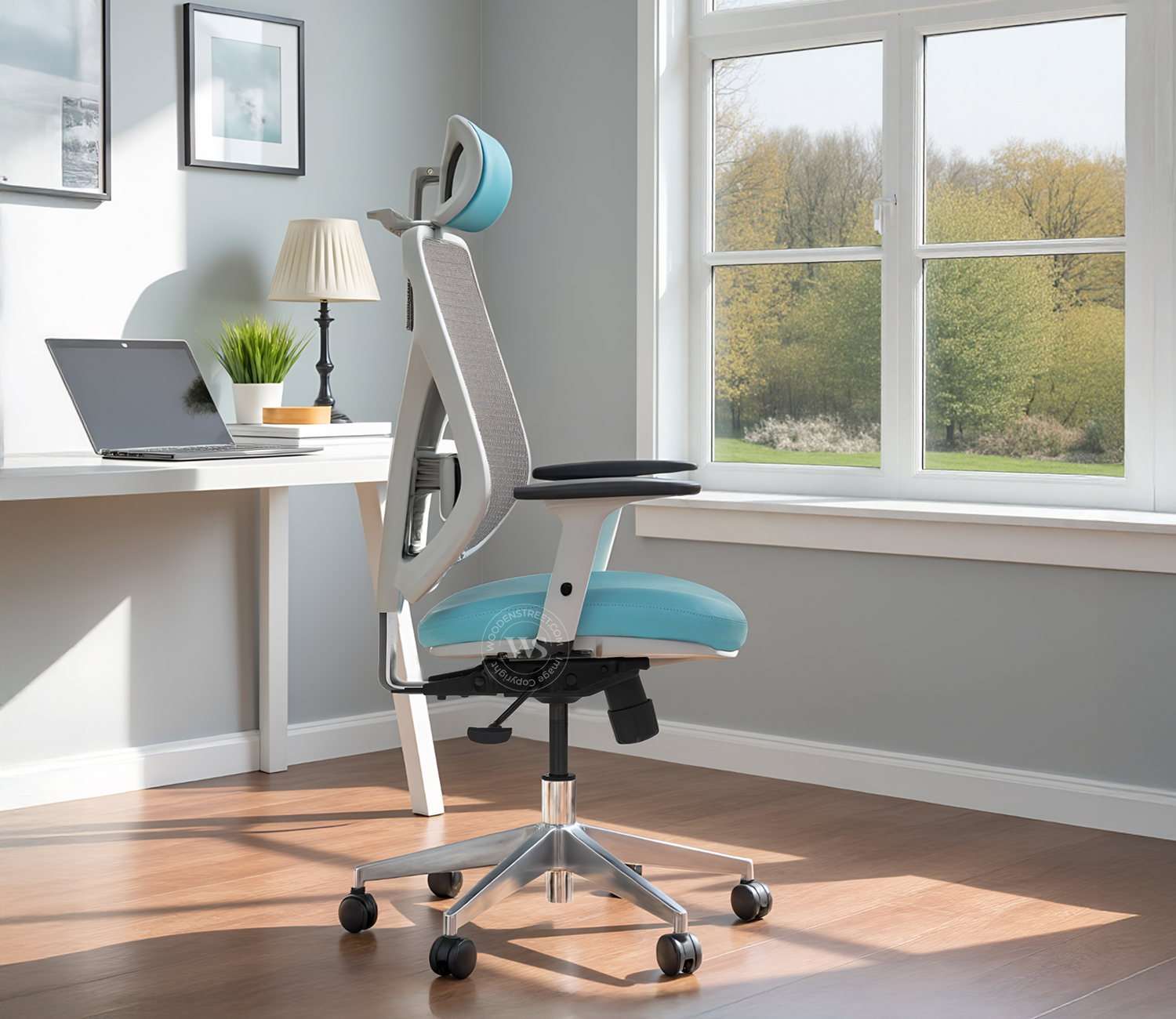Wooden Swings for Home: Add a Touch of Elegance and Comfort Indoors
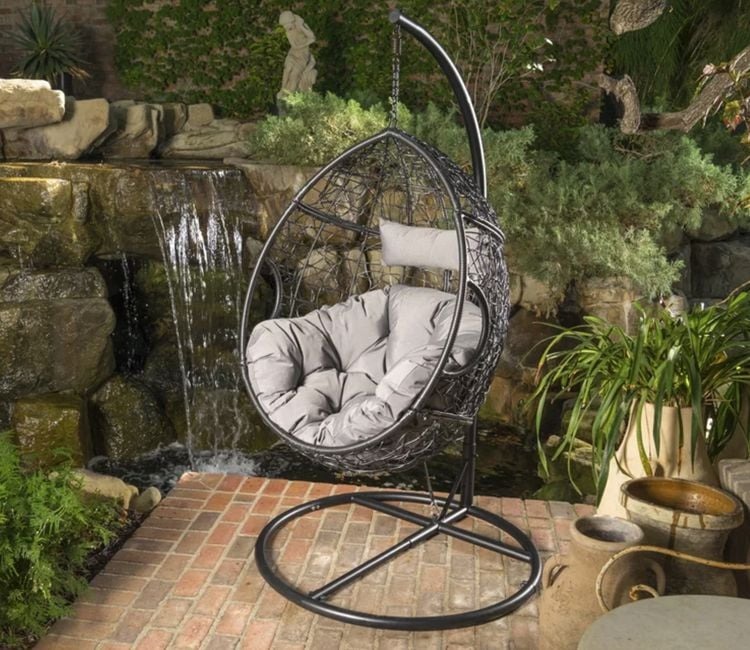
The idea of relaxing on a swing is comforting in itself. The gentle sway, the feeling of weightlessness, and the peace it brings — these simple joys are now making their way indoors. While swings have long been a part of traditional outdoor setups, more and more homeowners are bringing them inside for added charm and comfort. Among all options, a wooden swing for home stands out for its timeless appeal, durability, and ability to blend seamlessly into modern interiors.
Whether it's a cozy corner in your living room, a shaded balcony, or even a reading nook, wooden swings are becoming a preferred choice for creating warm and welcoming spaces. If you’re thinking about introducing a swing for home, here’s everything you need to know to make the right choice.
Why Choose a Wooden Swing for Home?
Wood has always been a favorite material in interior design, not just for its natural beauty but also for its strength and versatility. A wooden swing for home adds a rich texture and a natural vibe that elevates the atmosphere instantly.
Unlike other materials, wooden swings can be carved into various styles — from sleek, modern lines to more intricate, traditional patterns. They also age beautifully, becoming more charming with time. With proper care, they can last for years and serve as both functional seating and a decorative highlight in any room.
Ideal Places to Install Swings Indoors
When thinking about swings for home, placement is key. Not every spot may be ideal, so consider the size of the swing, its motion range, and the ambiance you want to create.
1. Swing for Living Room
Installing a swing for living room can add an inviting, playful touch. A single-seater or double-seater wooden swing suspended in a well-lit area of the room can serve as a unique centerpiece. With cushions and throws, it can become the most loved spot in your house.
2. Swing for Balcony
If you have a spacious or semi-covered balcony, a swing for balcony is a perfect fit. It lets you enjoy fresh air, read a book, or sip tea while gently swaying. Wooden swings with weather-resistant finishes are ideal for balconies, as they can withstand mild exposure to sunlight and moisture.
3. Bedroom or Study Corner
For a more personal experience, you can place a swing in your bedroom or study. It adds warmth to the space and works wonderfully as a relaxation corner. Smaller swing chairs or swing chairs with stand work best for such compact areas.
Choosing Between Hanging and Standalone Swings
There are two main types of indoor swings: hanging swings and swings with a stand.
Hanging Swings: These require a ceiling hook or beam and offer a more traditional experience. They create a floating feel and often become a conversation piece in the room.
Swing Chair with Stand: This option is ideal if you want flexibility or cannot install hooks in the ceiling. A swing chair with stand can be moved around and doesn’t require any drilling. It's particularly popular in rented homes or compact apartments.
Both types can be made from wood and offer the same level of comfort and elegance. The choice mostly depends on your space, ceiling type, and design preference.
Design Ideas for Wooden Swings Indoors
Wooden swings come in a wide range of styles. Here are a few ideas to inspire you:
Classic Carved Swing: Rich in traditional Indian designs, these swings usually come with intricate patterns and brass chains. They suit homes with vintage or ethnic décor.
Minimalist Swing Chair: With smooth edges and clean lines, these are perfect for modern or Scandinavian-style homes. Pair with neutral cushions for a sophisticated look.
Rustic Wooden Swing: Made from reclaimed wood or finished in natural tones, these give a countryside charm. They work well in both boho and earthy-themed spaces.
Compact Swing Chair: For small spaces, opt for a simple swing chair that offers comfort without bulk. It’s ideal for bedrooms, studios, or balconies.
Things to Keep in Mind Before Installing a Swing at Home
Before bringing a swing home, consider these practical points:
Weight Capacity: Always check the swing’s maximum weight limit, especially for hanging versions.
Ceiling Strength: If you’re choosing a hanging swing, ensure your ceiling or beam can handle the load.
Space Requirements: Swings need space to move. Ensure there’s enough clearance in front and behind the swing.
Maintenance: Wooden swings require occasional polishing or oiling to maintain their look, especially in areas exposed to moisture.
Safety: Install with proper support and hardware. If you have kids or elderly people at home, add anti-slip cushions or rugs under the swing.
Benefits of Having a Swing at Home
Relaxation: The rhythmic motion helps reduce stress and calm the mind.
Aesthetic Appeal: A wooden swing adds character and texture to any space.
Functional Seating: Besides looking great, a swing serves as a practical seating option.
Versatility: Whether it’s a swing for balcony mornings or a swing for living room evenings, you’ll find endless ways to enjoy it.
Final Thoughts
Adding a swing indoors is like creating a little retreat within your home. Whether you go for a traditional hanging design or a convenient swing chair with stand, this piece can transform your space in both style and spirit. A wooden swing for home doesn’t just bring back nostalgic memories; it creates new ones filled with joy, comfort, and elegance.
With thoughtful placement and the right design, your swing for home can be the most delightful corner of your house — a place to pause, reflect, and simply enjoy the sway of life.
Note: IndiBlogHub features both user-submitted and editorial content. We do not verify third-party contributions. Read our Disclaimer and Privacy Policyfor details.



